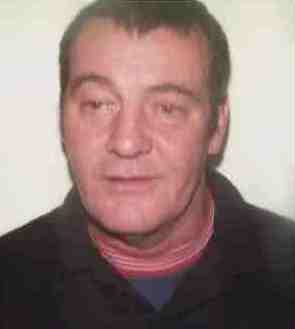The list of Freedom of Information requests dealt with by the Metropolitan Police can make fascinating reading. The most recent from the beginning of March concern questions about ‘road spike apparatus accidents’, statistics on pickpocketing and the number of victims of knife crime in 2010 and 2011.
We have previously featured the Met’s five year list of murders and the list of unsolved murders going back to 1999.
In February there was specific request concerning Terry Gregory, who was stabbed to death in Woolwich in 2003.
Please advise us how many officers are investigating the murder of Terry Gregory… as to date nobody has been convicted of his crime.

The Met responded:
Currently no officers are dedicated solely to this investigation. However should any new and relevant information be forthcoming, then it would be investigated as a matter of course.
It is also important to note that The MPS’ Murder Review Group reviews each unsolved murder every two years, on a rolling basis, to identify and develop investigative opportunities.
At around the same time there was also a question put to the Mayor of London, Boris Johnson, in the context of the recent convictions of two men for the murder of Stephen Lawrence.
Hate Crime Double Standards
Question No: 361 / 2012
Richard BarnbrookPlease explain why 23 officers are still investigating the murder of black teenager Stephen Lawrence in 1993 and no officers are investigating the murder of white teenagers Richard Everitt murdered in 1994 and Terry Gregory murdered in 2003?
Written response from the Mayor
Neither of the murders of Richard Everitt nor Terry Gregory are the subject of re-investigation as both were solved. Neither murder was determined as a racist killing. The facts and circumstances did not suggest that.
[Richard Barnbrook, now an independent member of the London Assembly, was elected as a candidate for the BNP in 2008.]
So we decided to look back in the archives and work out what exactly happened in the Terry Gregory case – is it solved or unsolved? The answer may actually be: Neither.
Terry Gregory was 19 when he was stabbed to death outside a pub in Woolwich, southeast London, on December 28, 2003. A suspect, George Edwin, 65, was charged with his murder and went on trial at Inner London Crown Court the following year.
Edwin claimed he pulled out a knife to frighten Terry Gregory and his friend and stop them from attacking him, but said he did not believe the knife ever made contact with the teenager.
The jury failed to reach a verdict and at a retrial in November 2004 a second jury was again deadlocked. As a result the prosecution dropped the case and it appears to have been left on file.
It is possible that further information could result in another trial but it seems highly unlikely. The Met do not include Terry Gregory in its list of undetected homicides, because the man they believe was responsible was charged and put on trial. In this sense it counts as a ‘detected’ homicide. There was also no evidence that it was a racist killing – in fact it seems to have started as an argument over an umbrella.
We listed the case of Terry Gregory on murdermap as unsolved rather than solved, although it does not easily fit into either category.
Tragically, Terry’s older brother Billy Gregory was murdered at the Earl of Chatham pub in Woolwich almost exactly two years later. In that case a man was convicted and jailed for life.




